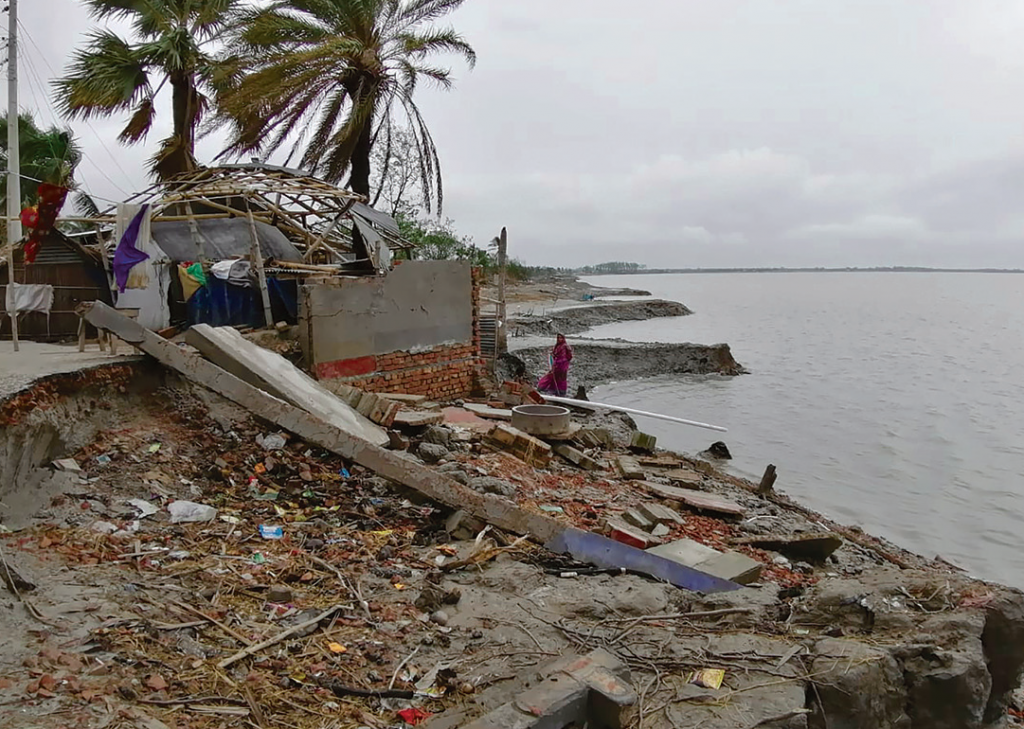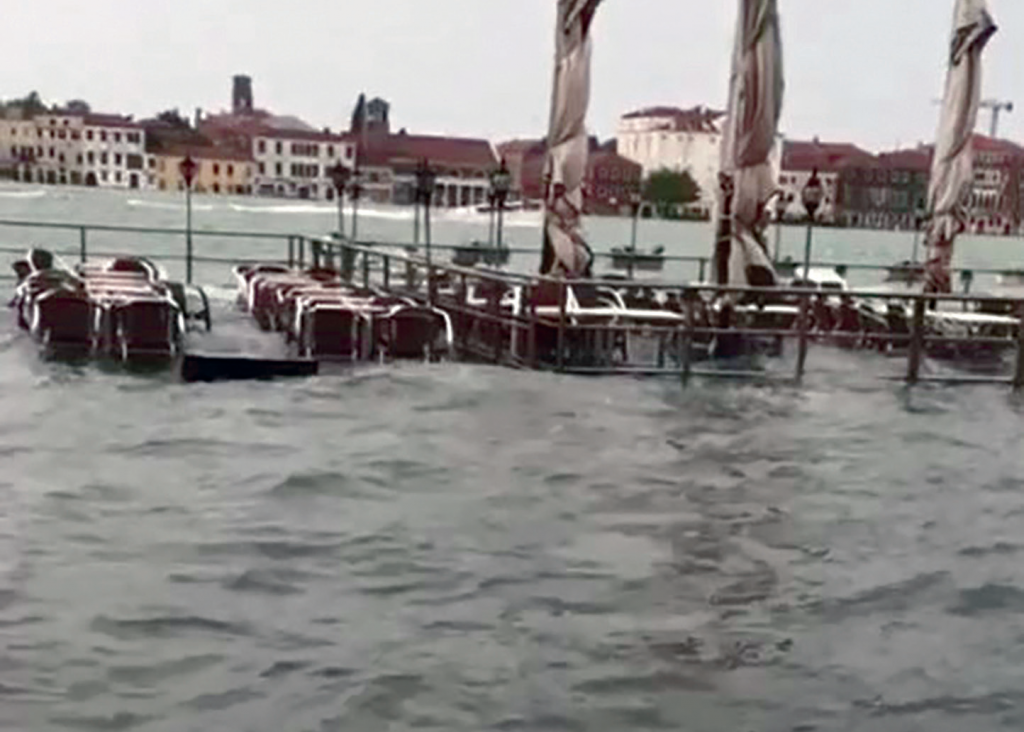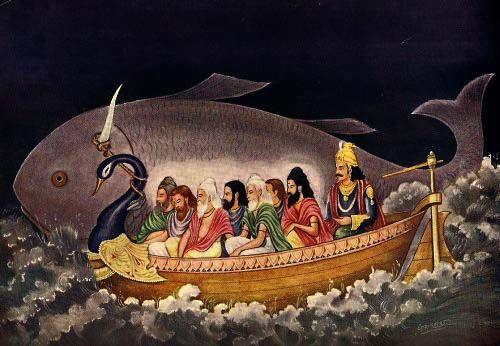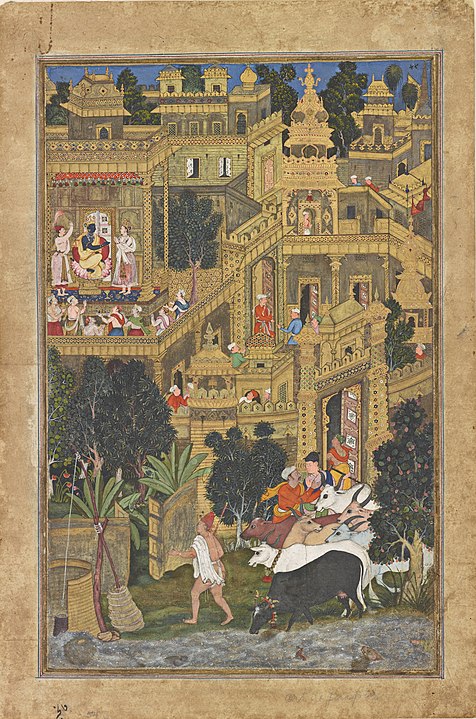The 1970 Bhola cyclone (also known as the Great Cyclone of 1970) was a devastating tropical cyclone that struck East Pakistan (present-day Bangladesh) and India’s West Bengal on November 12, 1970. It remains the deadliest tropical cyclone ever recorded and one of the world’s deadliest humanitarian disasters. At least 300,000 people died in the storm, possibly as many as 500,000, primarily as a result of the storm surge that flooded much of the low-lying islands of the Ganges Delta. Bhola was the sixth and strongest cyclonic storm of the 1970 North Indian Ocean cyclone season.

Yajnaseni Chakraborty writes in an online article, that the cyclone also formed a new nation: Bangladesh. Since the 1940’s East-Bengal had been a part of Pakistan, officially called East-Pakistan, and was governed by the central Pakistani military government:
“A few days after the disaster, with East Pakistanis seething in anger against the West Pakistan government, political leader Maulana Abdul Hamid Khan Bhashani held a rally at Dhaka’s old Paltan Maidan, famously declaring, “Ora keu aseni (none of them turned up),” and went on to say, “From today, we are independent East Bengal, no longer East Pakistan”. The next day, says Haider, ‘Ora keu aseni’ was printed as a banner headline in the newspaper ‘Pakistani Khabar’, controlled by the Pakistan government’s Press Trust.”
The following Bengal War in 1971 took another 3 million Bengali lives, according to the Bangladesh government. In August 1971 the nation was finally declared independent. Today Bangladesh is regarded as one of those countries with a highly effective disaster protection program.






